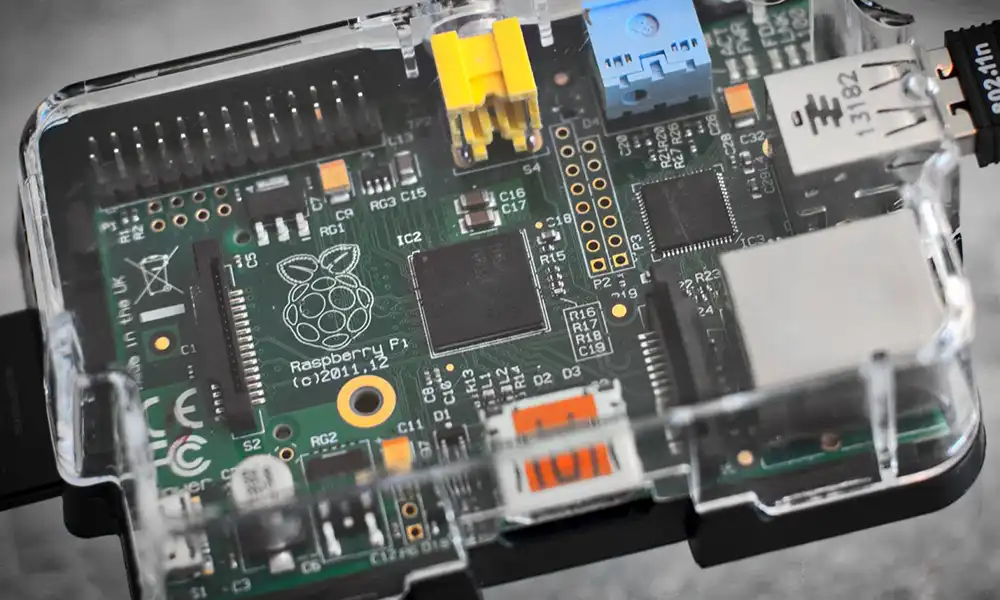
The market demand for household waste electrical and electronic equipment (WEEE) is expected to grow continuously as most of this equipment is essential to our daily lives.
WEEE generated by households usually contains a significant concentration of metals. For some, the concentration of WEEE may be even higher than in remaining ores; this offers a great opportunity for sustainable sourcing of technology metals from metal-rich WEEE.
In this section, we will share our observations on the current and future state of the embedded materials, components and the potential demand and supply challenges involved.
Supply and demand
Global supply and demand
- 59 million tonnes (mt) of WEEE were generated in 2019 worldwide: that is 7.3 kg WEEE per capita
- The EU was ranked as the world's largest producer, with 16.2 kg per capita
UK supply and demand
- The UK was ranked as the second largest country in Europe in terms of WEEE per capita (23.9 kg), second only to Norway (26 kg per capita)
- UK is also the largest WEEE exporter out of Europe; around 80 per cent of metal products that are classified as waste are exported from the UK
- 366 000 of WEEE ended up in normal waste bins in 2015 in the UK, indicating that more than 13 kg of WEEE are disposed of in municipal solid waste per household per year
Environmental impacts of WEEE
- 27 per cent of greenhouse gas emissions generated by human activities can be attributed to WEEE
- Unregulated disposal of WEEE also has an adverse impact on the environment and human health due to the release of hazardous substances
Electrical and electronic equipment (EEE)
Typical household EEE
- Answering machine, fax machine, modem
- Blu-Ray Player
- Digital Radio (Dab)
- Car battery
- Car bulb
- Desktop PC
- Digital camcorder
- Digital TV recorder/receiver
- Dishwasher
- DVD player
- DVD recorder
- Electric cooker
- Electric cooling fan
- Electric heater
- Electric iron
- Electric kettle
- Electric lawnmower
- Electric razor
- Electric toothbrush
- Electronic educational toys
- E-reader
- Freeview box
- Games console
- Gas fire
- Hair styling appliance
- Hairdryer
- Handheld games player
- Headphones
- Hi-fi
- Laptop computer
- Light bulb
- Mobile phone
- Monitor
- Refrigerator
- Portable digital music player
- Portable digital storage
- Portable speaker
- Power drill
- Power socket
- Printer
- Table lamp
- Tablet
- Telephone (not mobile)
- Television
- Vacuum cleaner
- Washing machine
Flows of typical household EEE

Figure 1 shows the flows for EEE found in a typical household. When a new product is purchased by a household (P1), it is either be used straightaway (P2) or 'hoarded' (P3) for future use.
For a used product, there are various scenarios after the use phase. A product may be hoarded (P3) if the household decides to stop using it right now but maybe use it again in the future. A product may also be mismanaged by the household and go directly into the municipal solid waste (MSW) stream (P9).
For scenarios that are circular, a used product can be re-sold (P4) by the household, or repaired (P5) if broken, or returned to local authorities (P3) for repair (P5), refurbishing (P6), or recovery of components or materials (P7). However, not all collected used products, components or materials are re-usable, of which some will eventually end up as MSW (P9).
The most profound challenge is that data isn't known for material flow and activities of each process from P4 to P9.
Legal and regulatory considerations
- More ambitious and robust collection targets are required
- Current recycling targets are based on overall weight of product; this is a somewhat crude and broad-based target, as it does not incentivise recovery of the most critical or valuable minerals. More specific targets, focused on critical minerals, would be far more effective in improving value from recycling
- Introducing obligations in regard to minimum recycled content would help level the playing field, given that the price of virgin materials can be higher than the cost of recycled material
- Repair, remanufacture and product longevity measures are required to enhance the circular economy loop and to extract maximum value from products
- Introduction of incentives to return or recycle, or penalties for failure to do so
- Improving overall compliance with end-of-life and EPR rules, and more robust enforcement
- The Waste (Household Waste Duty of Care) (England and Wales) Regulations 2005
- Clean Neighbourhoods and Environment Act 2005
Learn more about typical electronics
Contact
For questions regarding the UK Technology Metals Observatory, please contact Dr Evi Petavratzi.
